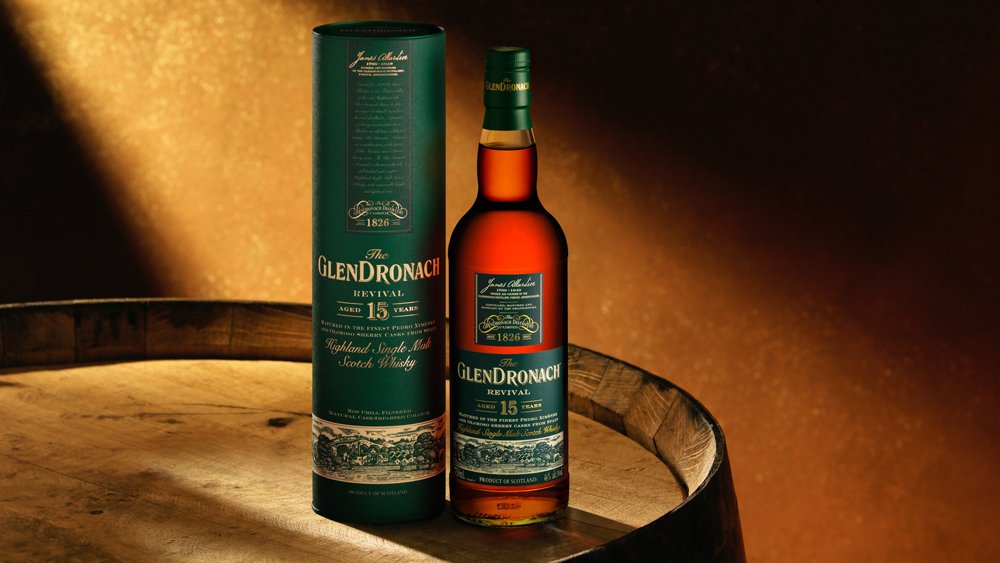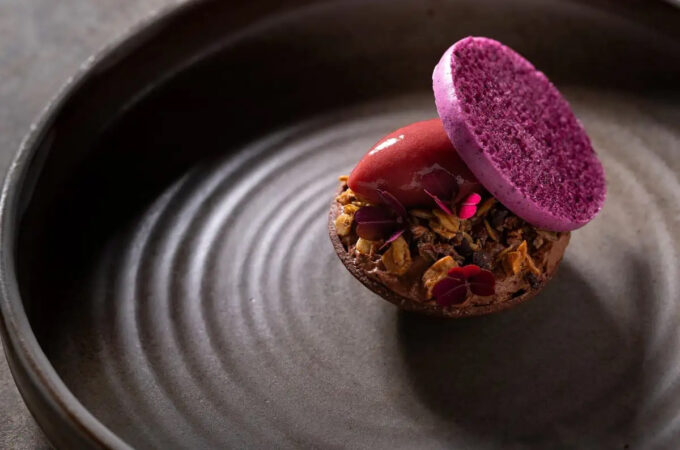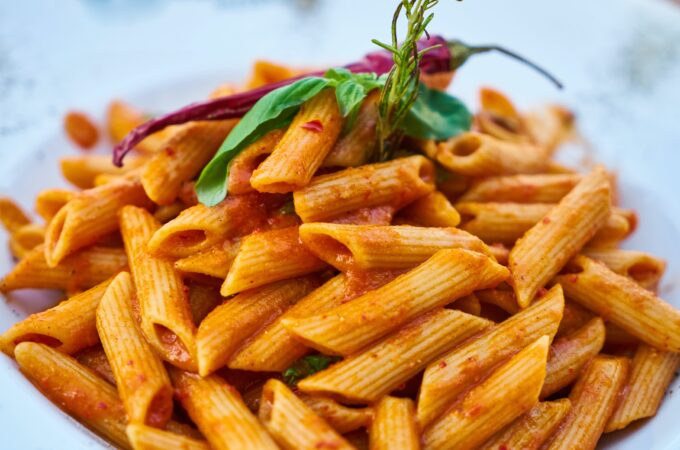
The Revival of Blended Scotch Whisky
Though blended Scotch whisky accounts for 90% of all Scotch on the market, it has often been considered less sought after than its single malt counterpart. After brands like Glenfiddich and Macallan became globally famous in the late 1980s, blends started to be seen as unfashionable. According to whisky writer Dave Broom, producers were forced to slash their prices in order to compete, causing the association of a cheaper blended Scotch with a bad product.
However, this attitude is swiftly changing. Justerini & Brooks liken its famed blended Scotch, J&B Rare, to “the liquid version of alchemy”, arguing that there is something to be said for combining individual components to create “something precious and incredible”. Whisky expert Clay Risen supports this notion, insisting that blending “is one of the world’s great arts”.
Nowadays, plenty of consumers are inclined to agree with the experts, and as sales figures start to rise, it appears blended Scotch whisky is finally having a revival befitting of its interesting history.
The History of Blended Scotch Whisky

Blends were the norm when Scotch whisky was first introduced to the market. Merchants would combine single malts from different distilleries in order to emphasise or diminish specific characteristics and flavours. The first person to commercially blend was Edinburgh spirit merchant Andrew Usher, often referred to as the ‘father of Scottish whisky’.
It was also common for shopkeepers to top up their casks with an alternative single malt, with some shops going on to become famous for these blends. Famous brands that originated from Scottish grocery shops include Johnnie Walker, Ballantine’s, and Chivas Regal.
Though the delicate flavours of brandy made it the gentleman’s tipple of the 1800s, Irish distiller Aeneus Coffey changed the whisky landscape when he invented a patent still in 1831. Known as a Coffey Still, the innovation enabled a continuous process of distillation to take place and led to the production of grain whisky—a lighter flavoured and less intense spirit than malt. Scottish grocers realised they could appeal to the higher classes by blending their heavier single malts with this lighter and more elegant concoction. Coffey’s still also gave merchants access to a plentiful supply of relatively cheap grain whisky, which allowed them to sell their blends at lower prices.
Around the 19th century, brandy was the preferred drink amongst the wealthier classes, which is produced by distilling wine. However, between 1860 and 1875, around 40% of French vineyards were destroyed completely, after suffering from a grape Phylloxera crisis. This lack of grapes and wine meant that brandy could no longer be produced, which was noticed by leading producers. This paved the way for Scotch to be considered a fashionable beverage and quickly became Britain’s new spirit of choice. More distilleries opened to increase production over the 1890s, and Scotch continued to dominate the industry even after brandy returned to shelves.
The Growing Popularity of Blended Scotch Whisky

After decades of single malts dominating the whisky landscape, blended Scotch is becoming far more popular than it has been since the late 1980s. Its growth had stalled at roughly 840 million bottles prior to 2018 but, during the first half of the year, exports of blended scotch increased by 8.9%, amounting to total revenues of £1.26bn.
One reason for this is that a bottle’s age is no longer as important to consumers. Single malts are typically desired by whisky collectors as they are matured for much longer than blends. However, according to Shefali Murdia, the brand director of Chivas Regal, younger consumers are far more concerned with “the nose and the taste”. They are also happy to vary how they consume Scotch in line with cocktail culture, with many millennial drinkers preferring mixed drinks and cocktails over beer and wine. And as noted by New York Times writer Eric Asimov, blended Scotch has “a clear place as a component for mixed drinks, whether Scotch and sodas or the few classic Scotch cocktails like Rob Roys and Rusty Nails”.
What’s more, the younger demographic is rejecting tradition in favour of more modern techniques and flavours. Now, many consumers are turning to newer distilleries as part of the craft movement. These distillers draw on modern methods with a greater focus on quality ingredients, and many produce blended Scotch. One of the most notable examples is Compass Box, which was founded in 2000 and has gone on to play with non-traditional techniques, particular in oak maturation, and push for greater transparency in labelling. Distiller, Jill Boyd, notes that blending whiskies from multiple sources allows the company to unlock an array of flavour possibilities, and create innovative bottles appealing to a younger and more experimental generation of drinkers.
Finally, blended Scotch simply appeals to some peoples’ tastes in a way that single malts do not—particularly those who are relatively new to the world of whisky. While the complexity of a single malt may be too much for those still getting to grips with the spirit, Franz Scheurer, the Australian ambassador for the Islay Whisky Club, points out that “people who like the smoothness that grain brings to whisky will prefer a blend”. Many will still argue that single malts are the superior variant, but that isn’t stopping people from embracing the lightness and delicacy of a blended Scotch.




